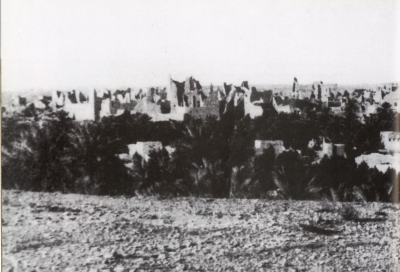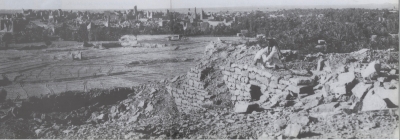
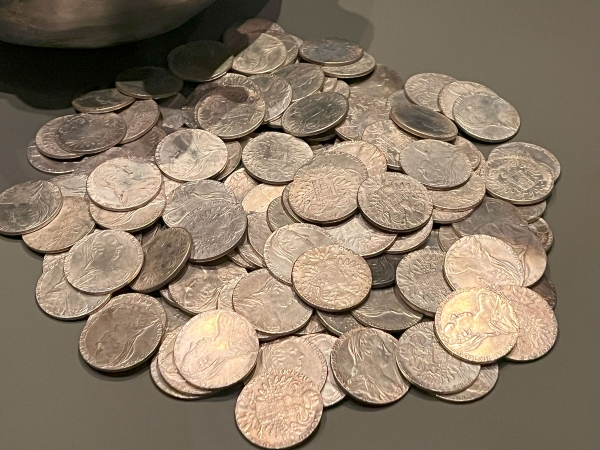
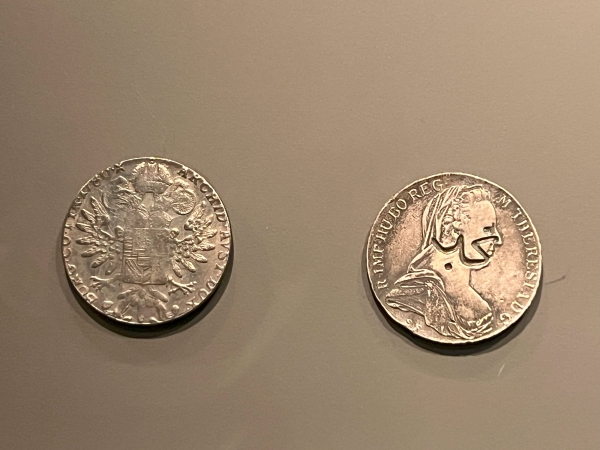
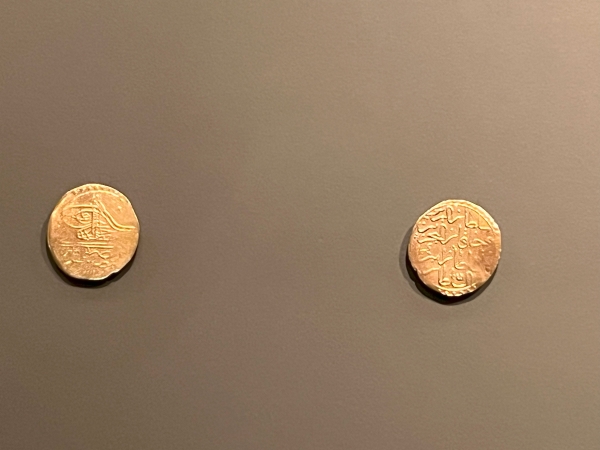
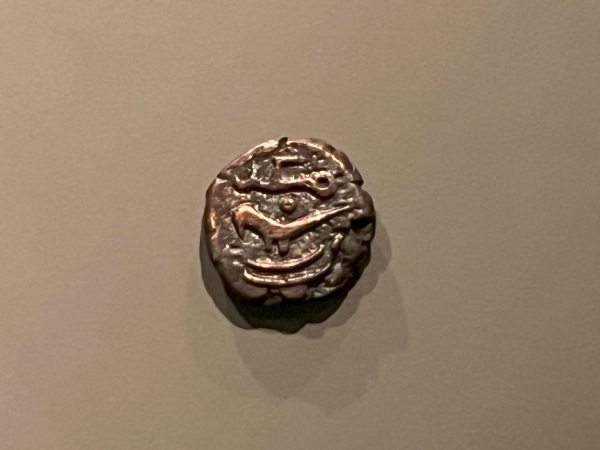
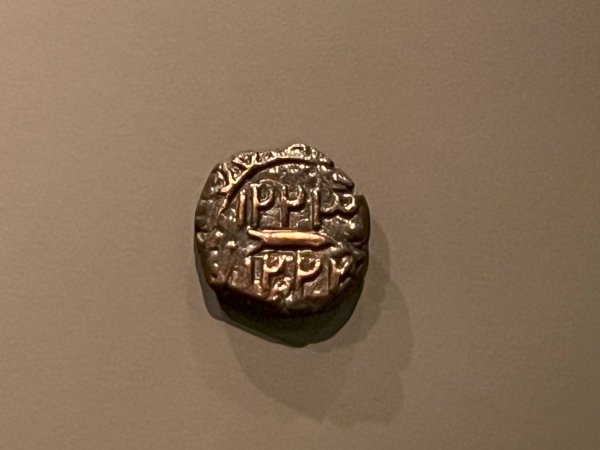
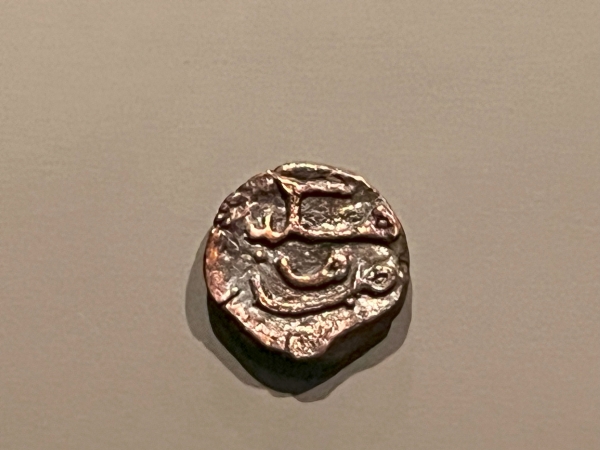
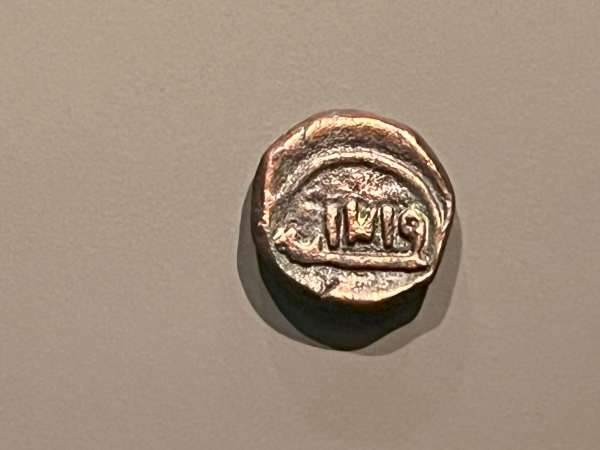
Currency in the First Saudi State refers to the gold, silver, copper, and other metal currencies traded in the First Saudi State (1727-1818). During this era, locally minted currencies and other foreign currencies adopted by politically or economically influential countries in the region surrounding the Arabian Peninsula were traded.
Currencies used in the First Saudi State
Locally used currencies during the era of the First Saudi State included al-Ahmar, which was a commonly used currency back then. It was mostly used in the central and eastern Arabian Peninsula. Every seventeen Ahmar were equivalent to one Austrian Thaler (French Riyal).
Al-Mohammadiah currency was tied to al-Ahmar currency, where every two hundred Mohammadiah was equivalent to one Ahmar. This type of currency consisted of a coin made of a mixture of copper and other metals. This currency was minted in Makkah al-Mukarramah between 1804 and 1813, during the reign of Imam Saud Bin Abdulaziz Bin Mohammed.
The residents of al-Arid in Najd traded a local currency known as al-Mutabbaq, made of silver and stamped locally after minting.
During the First Saudi State, gold and silver Ottoman currencies were also traded, including the Ottoman Dinar, the golden Sultani, and all fractional units of the Funduqi currency. Moreover, silver piastres of high value were traded, where their value was almost equivalent to one French Riyal. However, most inhabitants of the regions of the First Saudi State preferred not to trade small Ottoman copper coins.
Currencies of other countries in the First Saudi State
The society of the First Saudi State traded several commonly used currencies in the Arabian Peninsula, including the Austrian Thaler, also known as Maria Theresa Thaler, and locally known as the French Riyal, summarized as the Riyal. This coin was minted out of silver in 1780. It weighed one oz. and featured a bust of Austrian Empress Maria Theresa on one of its sides, while the other side featured a double-headed eagle, the emblem of the Austrian Empire. Another currency known as al-Muhalliq, being a piece of the Austrian Thaler, was also traded.
Currencies with strong purchase value included the golden Pound Sterling that was traded in the eastern and southeastern parts of the Arabian Peninsula, namely in the commercial ports overlooking the Arabian Gulf and the Sea of Oman.
Al-Dawka or al-Mushakhas, known as such for featuring human inscriptions on both sides and consisting of golden coins minted in the Italian city of Venice, were also traded in addition to al-Baqsha, which is a small copper coin consisting of fractional units, including half, quarter, and eighth coins. Silver and copper coins included al-Harf, equivalent to two copper coins, with each twenty pieces thereof amounting to one Austrian Thaler.
Related quizzes
Related articles
